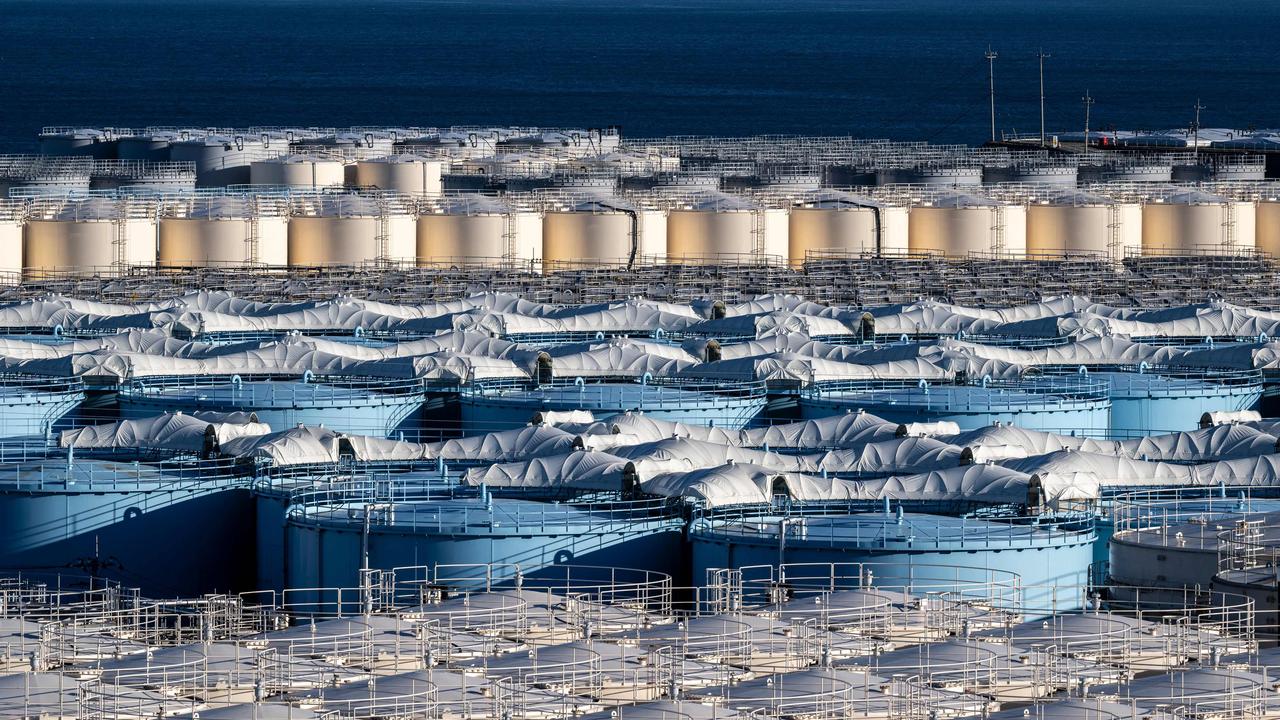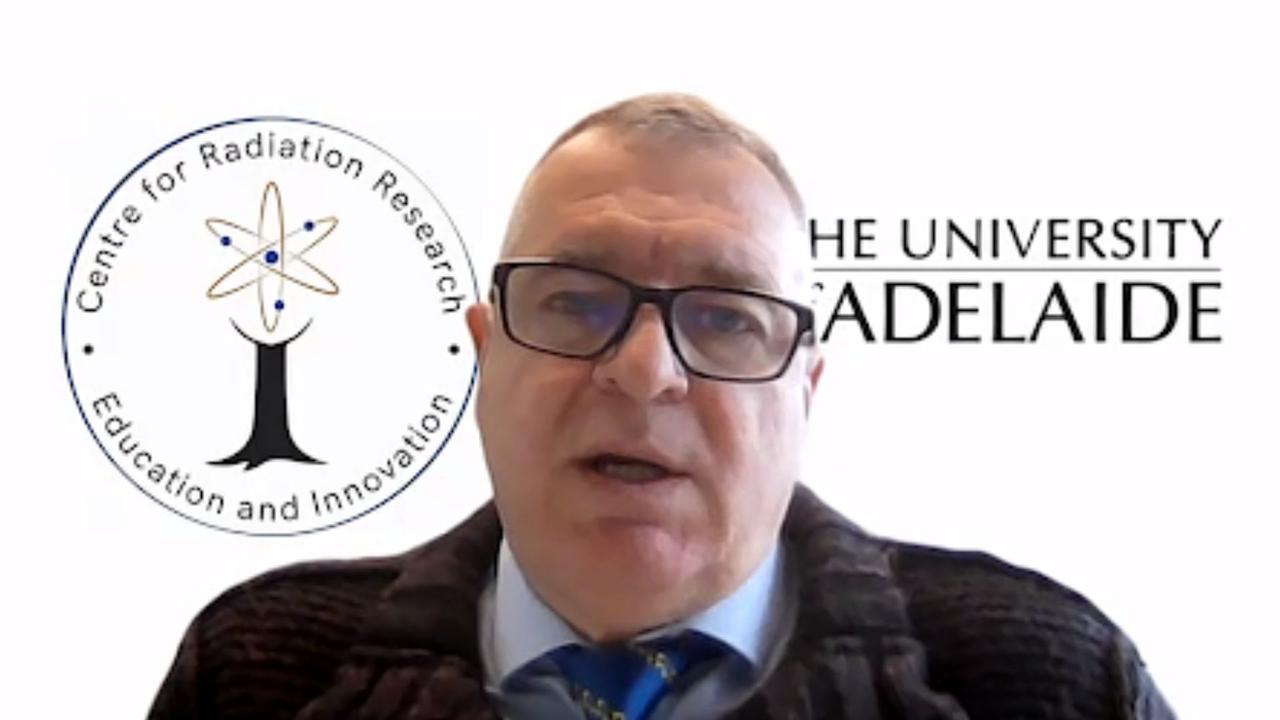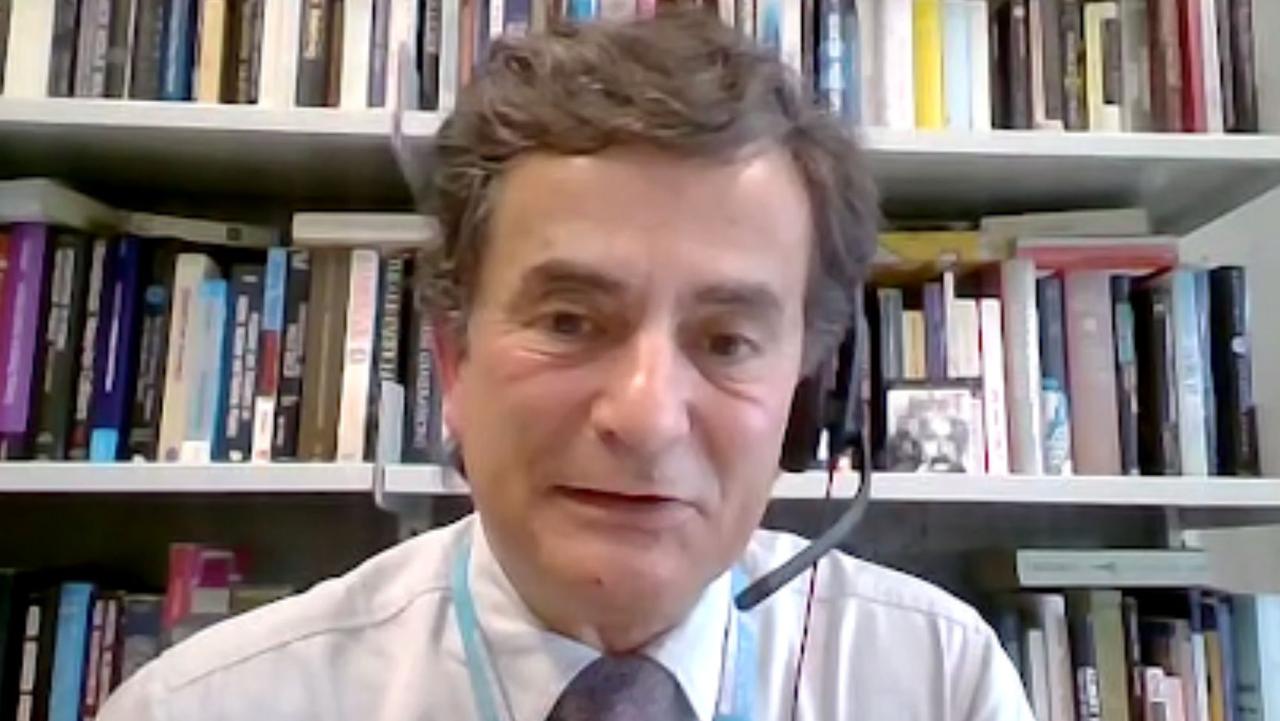Japan to dump Fukushima nuclear wastewater in Pacific Ocean within months
Experts warn Japan is months away from dumping more than a million tonnes of radioactive waste on Australia's doorstep.
More than a million tonnes of radioactive wastewater from the destroyed Fukushima power plant in Japan will be dumped in the Pacific Ocean, and experts warn the first release is “imminent”.
In 2011, a magnitude 9.0 earthquake triggered a tsunami that crashed into the Fukushima Daiichi plant, unleashing the worst nuclear disaster since Chernobyl in 1986.
Since then, water has been used to keep the three damaged reactors from overheating, with the contaminated water being stored in about 1000 tanks at the site.

In 2021, Japan announced it planned to release 1.3 million tonnes of the wastewater into the Pacific Ocean, a move which horrified local fishing communities and our Pacific neighbours.
Now, the operator of the wrecked plant has begun testing new facilities to treat and dilute the water to a point where it is no longer harmful, to be released into the Pacific Ocean in spring or summer next year – Australia’s autumn or winter.
But University of Adelaide director of the Centre for Radiation Research, Education and Innovation Tony Hooker says the first release could come as soon as summer 2023.
“I think the release is imminent and I guess that will be a decision for Japanese government,” Dr Hooker said at a press briefing on Wednesday.
“Ultimately they can make that decision, they don’t need to rely on the International Atomic Energy Agency (IAEA) or any other agency. They can make their own decision.”

The associate professor and former Australasian Radiation Protection Society president said the Japanese government had been “open and communicative” to the Pacific and had operated in “good faith”, despite some challenges with the controversial plan.
The radioactive wastewater has been treated through an Advanced Liquid Processing System (ALPS) that has removed 62 radionuclides from the water.
Only tritium – a radioactive isotope found in hydrogen – and carbon-14 – a radioactive isotope found in carbon; the former which, Dr Hooker said, not only occurred naturally in seawater, but has been released from nuclear facilities “routinely ... for decades”.
More than that, he had not seen any “detrimental effects of organically bound tritium”, and has a biological half-life of 10 days.
University of Auckland senior lecturer David Krofcheck agreed that after extensive research he had not found any study linking tritium to cancer, and described Japan’s plan as the “last bad option” for disposing of the wastewater.

Other options for disposing of the waste, the academics said, included binding the tritium to concrete and using that to build, for instance, seawalls around the Fukushima plant; but Dr Krofcheck said corrosion of those walls would just release the tritium into the ocean anyway.
“Dilution... that’s probably the least bad option,” he continued.
“Not that it’s a bad option, absolutely because the dose or the amount of tritium being diluted is so small. But I think the least bad option is releasing.”
Dr Hooker said though he had “no problem” or concerns for radiation safety when disposing of tritium in the sea, there were ethical questions to ask about dumping waste of any kind into the ocean.
And, more importantly, both academics agreed, there was more risk leaving the untreated water sitting in the tanks at risk of leaking if another “one in a thousand year” earthquake or tsunami struck Japan – which sits on the Ring of Fire.

Despite efforts to predict the transport of tritium water on ocean currents, it is unclear when the treated wastewater will reach Australian shores.
The NX ministry of health stated in relation to the original release of radiation from Fukushima in 2011, radioactive material would carry across the equator and reach New Zealand between 2026 and 2031. But by then, because of the radioactive decay and dilution, the material is expected to be well below detection levels and poses no health concern.

The tests at the Fukushima Daiichi nuclear power plant have used fresh water instead of the treated water, plant operator Tokyo Electric Power Company Holdings said, AP reports.
Japanese officials say the diluted water will be released into the ocean over decades – around 40 years – making it harmless to people and marine life.`
Japan has sought support from the International Atomic Energy Agency (IAEA) to gain credibility and ensure safety measures meet international standards.
The IAEA has independently observed samples taken from the first batch of treated water expected to be discharged into the sea.





